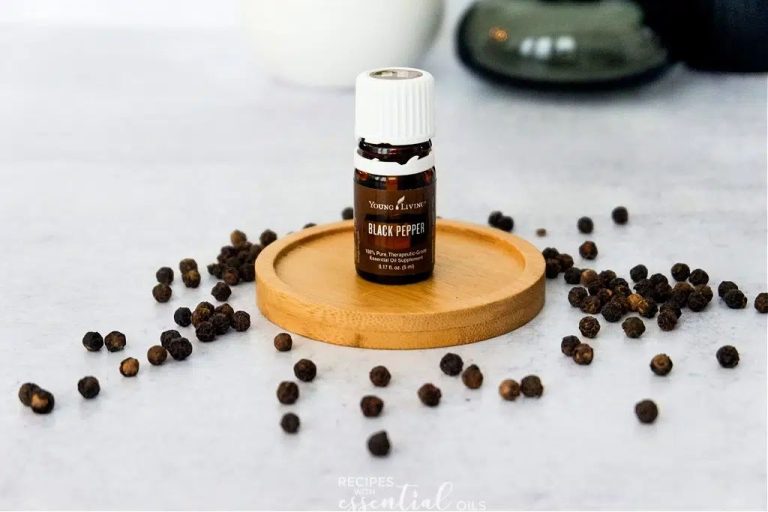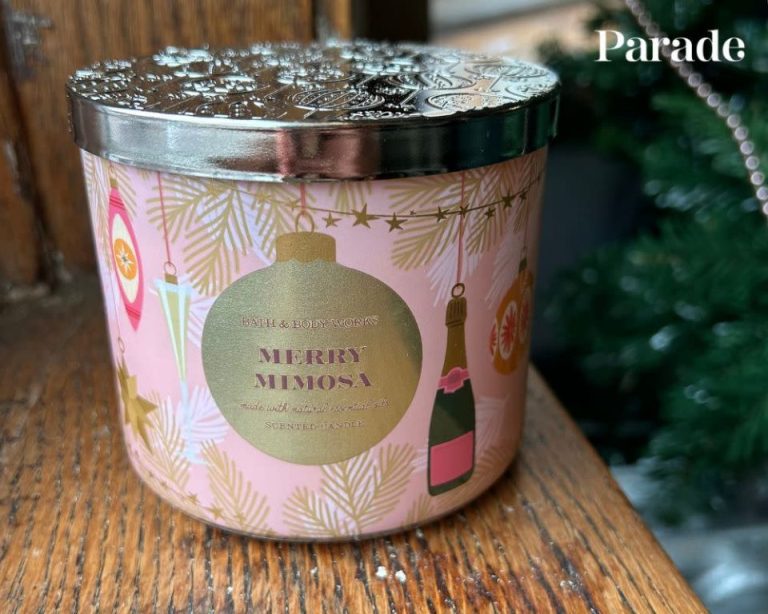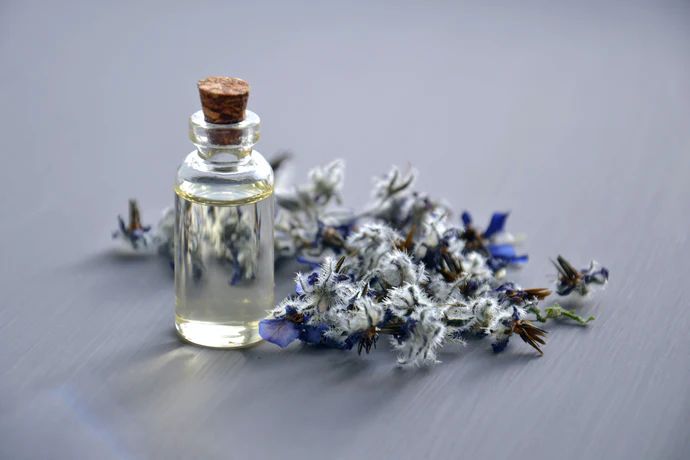Is Peppermint Oil Good For Candles?
Peppermint oil is an essential oil extracted from the leaves and flowering tops of the peppermint plant (Mentha piperita). It contains high concentrations of menthol and menthone, which give it a strong minty aroma and flavor. Peppermint oil has been used for medicinal purposes dating back to ancient Egypt, Greece and Rome. Today, it is commonly used in aromatherapy, skincare, and as a food flavoring.
The use of essential oils like peppermint oil in candles has grown in popularity in recent years. Adding essential oils can provide aromatherapy benefits and make candles more pleasing to smell. The oils are contained within the wax and released into the air when the candle is burned. Using peppermint oil in candles produces an invigorating minty scent that many find energizing and uplifting.
The purpose of this article is to provide an overview of peppermint oil and evaluate the pros and cons of using it in candles. Key topics covered include the composition and properties of peppermint oil, its benefits and uses, recommendations for safe usage, and factors to consider when adding it to candle wax.
History of Peppermint Oil
The origins of peppermint as an herb can be traced back to ancient Egypt, Greece, and Rome where it was used for its digestive and medicinal properties. Records show peppermint was used in ancient Egypt as far back as 1550 BC as a digestive aid (https://www.youngliving.com/en_EU/discover/history-of-essential-oils/history-of-peppermint). The ancient Greeks and Romans also valued peppermint for its medicinal uses and ability to aid digestion.
In ancient Greek mythology, peppermint was associated with the underworld god Hades. Greek soldiers often wore peppermint leaves in their sandals to help them walk long distances. Peppermint oil was also used medicinally in ancient Greece for its cooling and analgesic effects.
The first distillation of peppermint into an essential oil was in the 18th century in England. Mint oils were first distilled from the peppermint plant in the 1700s by an English botanist named William Turner. Peppermint oil quickly became popular for its wide range of medicinal benefits.
Composition and Properties
Peppermint oil contains over 40 compounds, with the main components being menthol and menthone (Beigi, 2018). Menthol makes up 30-50% of peppermint oil and gives it its characteristic minty aroma and cooling sensation. Menthone accounts for 10-30% and provides a sweet, herbaceous scent (NIH, 2022). Other minor compounds include limonene, cineole, and piperitone, which contribute additional nuances to the oil’s aroma and flavor profile (Schmidt et al., 2009).
The abundance of menthol is what sets peppermint oil apart from other mint oils. Menthol has a strong, refreshing odor and produces a cold, minty feeling when applied topically or ingested. It triggers cold-sensitive receptors in the skin and mucous membranes, providing a cooling, analgesic effect (NIH, 2022). Peppermint oil’s high menthol content makes it very versatile, allowing it to be used for flavoring, fragrance, and therapeutic purposes.
In terms of physical properties, peppermint oil is a volatile, concentrated liquid that is pale yellow to light greenish-yellow in color. It has a water-like viscosity and a density of around 0.9 g/mL at room temperature. Peppermint oil is only slightly soluble in water but dissolves readily in organic solvents like alcohol (Schmidt et al., 2009). Its aroma and flavor profile along with solubility make it well-suited for inclusion in products like candles and cosmetics.
Benefits of Peppermint Oil
Peppermint oil has been used for centuries for its many therapeutic benefits. Some of the main benefits of peppermint oil include:
Minty aroma – Peppermint oil has a strong, refreshing minty aroma that can help promote alertness and invigorate the senses. Inhaling peppermint oil may improve concentration, focus, and mental clarity.[1]

Invigorating, energizing scent – The minty, menthol scent of peppermint oil is known to provide an energizing effect. Peppermint oil can help boost energy levels and fight fatigue.[2]
Stress relieving properties – Peppermint oil contains menthol which can help relax tight muscles when applied topically. The aroma of peppermint oil may also help relieve stress and anxiety when inhaled.[3]
Overall, peppermint oil provides an invigorating scent and therapeutic properties that can benefit both body and mind.
[1] https://www.healthline.com/health/peppermint-oil-uses-benefits-and-side-effects
[2] https://www.webmd.com/a-to-z-guides/peppermint-oil-uses-benefits-effects
[3] https://www.nccih.nih.gov/health/peppermint-oil
Using Essential Oils in Candles
Essential oils can be a great way to add natural fragrance to homemade candles. When heated, the aromatic compounds in essential oils evaporate into the air providing lovely scents. Some popular essential oils used in candle making include lavender, lemon, peppermint, eucalyptus, and tea tree (Source 1).
However, there are some special considerations when using essential oils in candles. Some oils like citrus, spice, herb, and pine oils are volatile and may burn off quickly. Other thick or resinous oils like patchouli may clog wicks. It’s best to do some research on an oil’s properties before using it in candles. Essential oils can also fade over time so candles may not retain their scent as long as fragrances. Using a mix of essential oils can help provide a more complex, long lasting aroma (Source 2).
Benefits of Using Peppermint Oil in Candles
Peppermint oil provides numerous benefits when used in candles. Some of the main advantages include:
Provides minty, refreshing fragrance: Peppermint oil has a fresh, invigorating scent that can fill a room when burned in a candle. The minty aroma is cooling and crisp.
Energizing aroma for focus: Studies show that peppermint oil can improve concentration and mental sharpness due to its refreshing properties[1]. Burning a peppermint candle can provide an energizing boost when you need to focus.
Soothing scent for relaxation: While peppermint has an energizing effect, it also has soothing properties. The aroma from a peppermint oil candle can have a calming influence and help create a relaxed environment.
Drawbacks of Using Peppermint Oil in Candles
While peppermint oil can provide some benefits in candles, there are also some potential drawbacks to be aware of:
Strong aroma could be overpowering indoors – Peppermint oil has a very strong, penetrating aroma. While this may be desirable for aromatherapy purposes, too much peppermint oil in a candle could overpower a room with a minty smell that some may find unpleasant or overbearing indoors (1). It’s best to use peppermint oil sparingly in candles.
May irritate sensitive skin if inhaled – For some people with skin sensitivities, inhaling the aroma from peppermint oil can cause skin irritation or rashes (2). This may especially be the case if the candle is used in an unventilated space. Those with known skin sensitivities may want to avoid using peppermint candles.
Overall, while peppermint oil can provide benefits, it also has the potential to overpower a space or irritate those with sensitivities. Using it sparingly and ensuring proper ventilation when burning peppermint candles is advised.
Recommended Usage
When using peppermint essential oil in candles, there are some best practices to follow for optimal results:
Suggested amounts of peppermint oil: Use 15-20 drops of peppermint oil per 8 oz of soy wax. Peppermint has a strong scent, so a little goes a long way. Exceeding the recommended amount can lead to scent throw issues. CandleScience recommends starting with 5 drops per pound of wax and adding more as desired.
Best complementary scents: Peppermint blends well with citrus scents like lemon and orange. It also complements earthy fragrances like pine or cedarwood. Lavender, rosemary, and eucalyptus work nicely too. Avoid mixing peppermint oil with really sweet fragrances.
Ideal candle types: Peppermint is excellent for container candles, especially around the holidays. It performs well in soy and vegetable waxes. The cooling and invigorating aroma also makes it ideal for aromatherapy candles.
Safety Precautions
When using peppermint essential oil in candles, it’s important to take safety precautions. Proper storage and handling of the oil is crucial. Peppermint oil should be stored in tightly sealed, dark glass bottles and kept away from heat, light, and oxygen to maintain freshness and potency (https://www.candlescience.com/learning/essential-oil-shelf-life-and-storage). Only use the recommended amount of oil in candle recipes, as too much can lead to safety issues.
It’s also important to ensure proper ventilation when burning candles containing peppermint oil. The aroma can be quite potent, so burning the candle in an enclosed room for a prolonged period is not recommended. Keep windows cracked or use the candle occasionally for short durations. Discontinue use if you experience headaches, nausea, or breathing issues (https://fontanacandlecompany.com/products/peppermint-twist-essential-oil-candles). In general, take care to keep candles containing essential oils out of reach of children and pets.
Summary
To recap, peppermint oil has been used for centuries for its refreshing aroma and therapeutic benefits. When used in candles, peppermint oil can provide an invigorating scent and create a relaxing environment. However, it’s important to use peppermint oil sparingly in candles, as overuse can lead to soot buildup and clogged wicks. The optimal amount is generally 2-3% of the wax weight. Higher amounts may still be used safely with proper wick sizing and candle testing.
Overall, peppermint oil can be a wonderful addition to candles when used correctly. Its menthol scent provides a clean, crisp fragrance that many find energizing yet soothing. Just be sure to follow usage and safety recommendations. With the right precautions in place, peppermint oil can be an excellent way to enhance candle aromatherapy.



